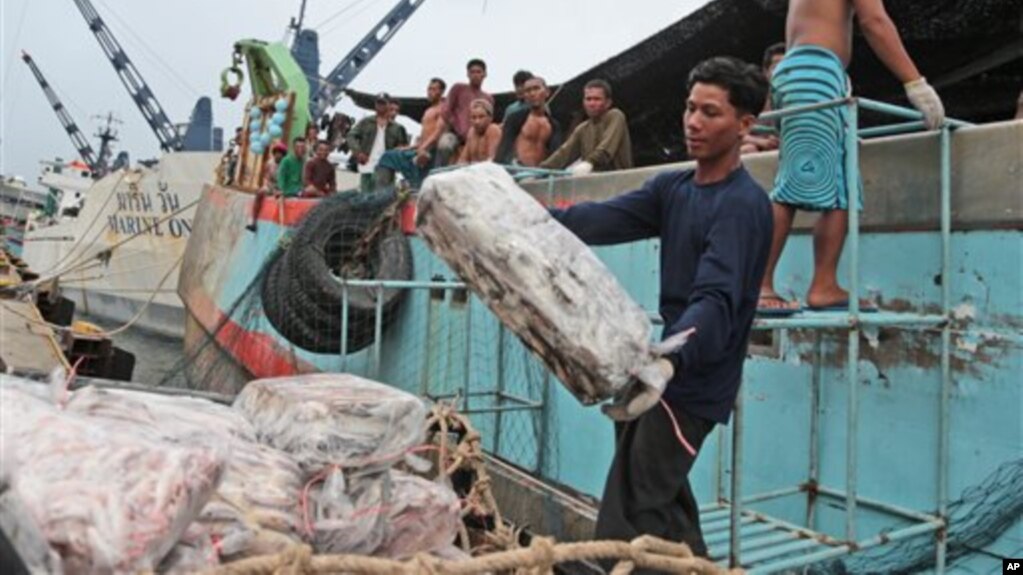
A new U.N. report on labor and migration in the Asia Pacific area says economic gains from migration are often ignored.
The report calls for greater cooperation to avoid inequalities and human rights abuses.
The United Nations released the report February 29. It says that in 2013, there were 213 million migrants worldwide. Asia-Pacific countries hosted more than 59 million of those migrants. That number has grown since 1990 and is expected to expand.
Hongjoo Hahm is deputy executive secretary of the U.N.’s Economic and Social Commission for Asia and the Pacific (UNESCAP). He says the main driver of migration in the region is economics.
“Economic gains is why migrants are on the move and we see the migrants largely moving unlike in other regions of the world; In Asia, one of the biggest and unique characterization is migration occurring from South to South, except to say those going to the Gulf [oil] countries.”
Each year, about 2 million Philippine citizens leave for work overseas. Also, more than a half-million workers leave Bangladesh, India, Indonesia and Pakistan each year.
The migrants go to countries that include Brunei, Kazakhstan, Malaysia, Maldives, Russia, Singapore and Thailand.
But restrictions on migrant workers in some host countries limit their rights and social protections. The U.N. report says such restrictions are often unjustified and are harmful to human rights.
Hongjoo of UNESCAP says migrants do not drive down wages. He says the report found migrants’ impact on local wages and inequality was small.
“When you provide migrants with decent work, when you treat migrants as your own, when you assimilate them into your economy and treat them as national labor, it really benefits your national economy.”
But Phil Robertson says some countries treat migrant workers poorly. He is Asia-Pacific deputy director for Human Rights Watch.
Robertson says Asian governments, such as Malaysia, prefer “short term” irregular migration. This means allowing migrants into the country for a short time. That leaves many migrants in the irregular or underground economy with little protection legally.
“You know, driving through all these issues is an exaggerated sense of national security that somehow these refugees and migrants constitute some sort of threat to the countries. You see this in Thailand, where there’s often reference to migrants or refugee mobs. You see this in Malaysia where there’s an effort to try to continue to keep refugees out of the formal economy, not giving them the right to work.”
Robertson says Southeast Asia’s ASEAN Economic Community (AEC) needs to develop better policy around migrants.
U.N. economists say migrant trends in the future will be influenced by changes in population, especially where there is aging.
The Asia Pacific Migrant Report 2015 offers ideas on policies with respect to human rights, decent work and social protection for nationals and migrants.
I’m Mario Ritter.
Ron Corben reported this story from Bangkok. Mario Ritter adapted the report for VOA Learning English. Kathleen Struck was the editor.
What can migrants bring to a host country? What should host countries do for migrants who come to work? Let us know your thoughts in the comments section.
Words in This Story
trend – n. the general direction of change, development or action
unique – adj. one of a kind
characterization – n. describing the character or qualities of something or someone
unjustified – adj. not necessarily right, fair or correct
assimilate – v. to become part of another culture or society
underground – n. not official or out in the open, hidden, secret; not legal


